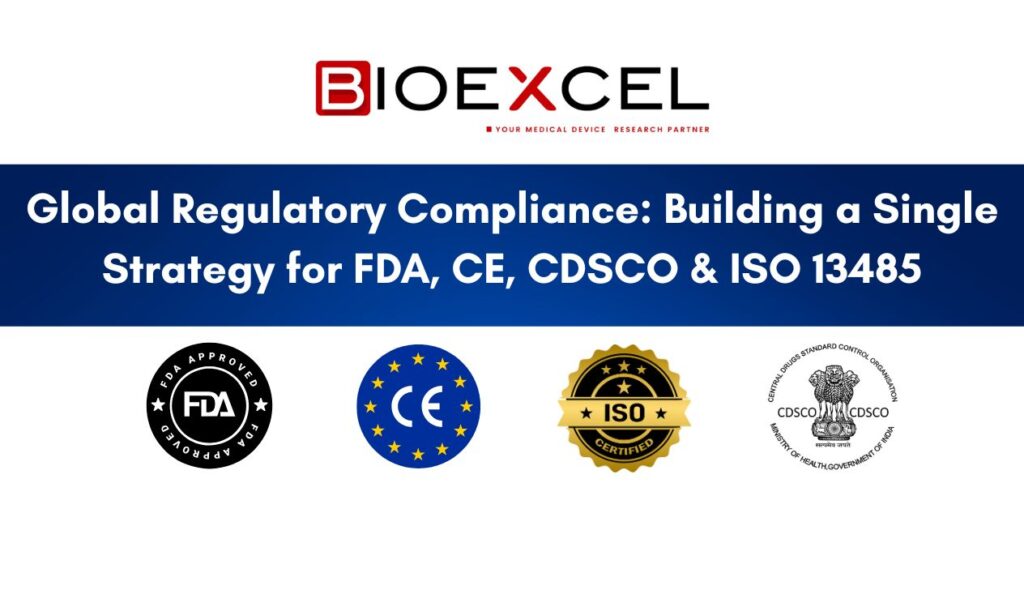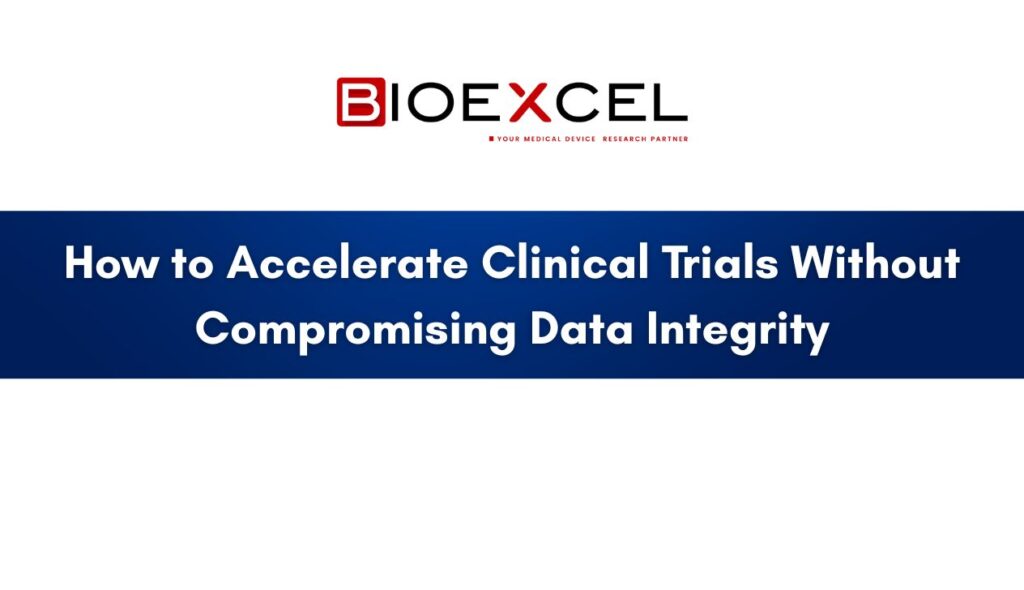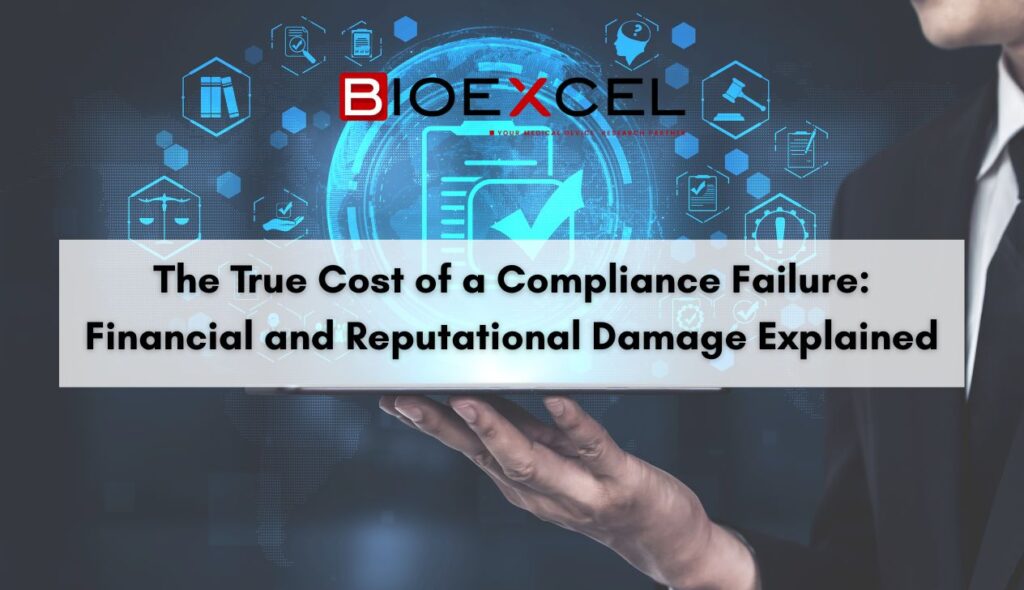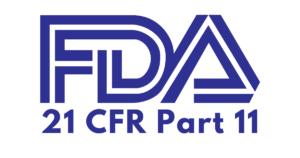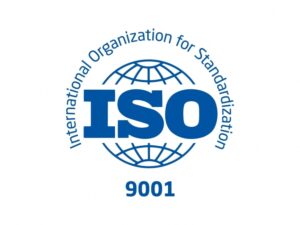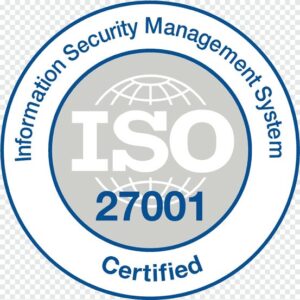Software as a Medical Device (SaMD) is reshaping the healthcare landscape with innovative digital solutions that improve patient outcomes, enhance diagnostic accuracy, and streamline clinical workflows. However, the journey from development to market success involves more than just innovation—it requires a seamless and strategic technology transfer process to maximize profits and unlock the full potential of your SaMD innovation.
In this blog, we’ll explore what technology transfer means for SaMD, its importance, challenges, and best practices to ensure a successful transition from concept to commercialization.
What is Technology Transfer in SaMD?
Technology transfer in the context of Software as a Medical Device (SaMD) refers to the process of transferring knowledge, technical expertise, and documentation from the development team to a manufacturer or a commercial entity. This ensures that the SaMD is produced, validated, and marketed effectively, maintaining regulatory compliance and performance standards.
Key Components of Technology Transfer for SaMD:
- Transfer of software source code and technical documentation
- Knowledge sharing about algorithms, databases, and user interfaces
- Compliance with ISO 13485 and IEC 62304 standards for medical device software development
- Training for manufacturing teams or licensing partners
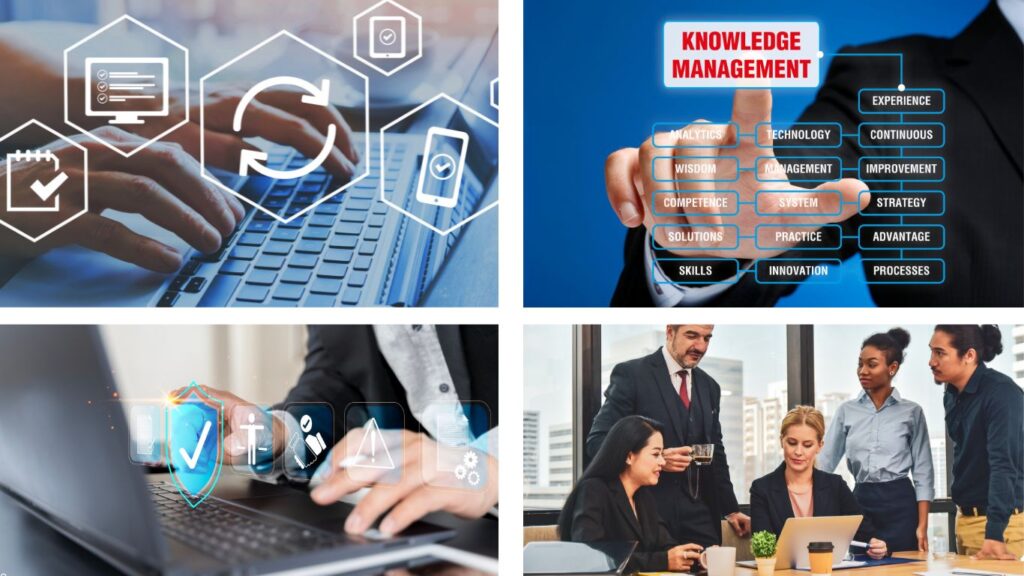
Why is Technology Transfer Critical for SaMD Profits?
- Faster Time-to-Market:
A smooth technology transfer accelerates the commercialization process, giving you a competitive edge in the rapidly evolving healthcare industry. - Regulatory Compliance:
Ensures adherence to global standards and regional regulations, avoiding costly delays and non-compliance penalties. - Scalability:
Effective transfer enables mass production and deployment, meeting market demand efficiently. - Cost Optimization:
Reduces development redundancies and errors during scaling, minimizing production costs. - Revenue Growth:
Successful technology transfer ensures your SaMD reaches its intended market, generating consistent revenue streams.
Challenges in Technology Transfer for SaMD
- Regulatory Complexity:
Navigating global regulations, including those from FDA, CDSCO, and EU MDR, can be daunting. - Data Security and Confidentiality:
Protecting sensitive algorithms, patient data, and intellectual property during transfer is critical. - Knowledge Gaps:
Ineffective communication between developers and manufacturers may lead to misunderstandings and errors. - Customizing for Regional Markets:
Adapting SaMD for regional needs and compliance standards without compromising performance. - Post-Transfer Validation:
Ensuring the SaMD functions seamlessly after transfer requires extensive testing and validation.

Best Practices for Effective Technology Transfer
- Develop a Comprehensive Transfer Plan
- Define roles, responsibilities, and timelines for the transfer process.
- Include milestones for documentation, training, and validation.
- Define roles, responsibilities, and timelines for the transfer process.
- Standardize Documentation
- Ensure all technical documents, including source code, user manuals, and risk assessments, are well-organized and compliant with standards like ISO 13485 and IEC 62304.
- Ensure all technical documents, including source code, user manuals, and risk assessments, are well-organized and compliant with standards like ISO 13485 and IEC 62304.
- Foster Collaboration
- Encourage open communication between development, manufacturing, and regulatory teams to avoid knowledge silos.
- Encourage open communication between development, manufacturing, and regulatory teams to avoid knowledge silos.
- Conduct Training Programs
- Provide hands-on training for the receiving team to understand the software architecture, functionality, and regulatory aspects.
- Provide hands-on training for the receiving team to understand the software architecture, functionality, and regulatory aspects.
- Validate and Test
- Perform rigorous testing post-transfer to ensure the SaMD maintains its performance, usability, and safety standards.
- Perform rigorous testing post-transfer to ensure the SaMD maintains its performance, usability, and safety standards.
- Secure Intellectual Property (IP)
- Implement robust IP protection measures, including non-disclosure agreements (NDAs) and encryption protocols.
- Implement robust IP protection measures, including non-disclosure agreements (NDAs) and encryption protocols.
- Leverage Expert Guidance
- Work with technology transfer consultants or partners who specialize in SaMD and medical device regulations to streamline the process.
- Work with technology transfer consultants or partners who specialize in SaMD and medical device regulations to streamline the process.
How Bioexcel Maximizes SaMD Innovation Profits
At Bioexcel, we specialize in guiding SaMD innovators through the technology transfer process to ensure smooth commercialization. Our expertise includes:
- Regulatory Strategy Development
- Tailored strategies for compliance with FDA, CDSCO, and EU MDR regulations.
- Tailored strategies for compliance with FDA, CDSCO, and EU MDR regulations.
- Comprehensive Documentation Support
- Assistance in preparing and standardizing technical files, risk management plans, and clinical evaluation reports (CER).
- Assistance in preparing and standardizing technical files, risk management plans, and clinical evaluation reports (CER).
- Seamless Knowledge Transfer
- Facilitating effective communication and training between teams to ensure smooth adoption of the SaMD.
- Facilitating effective communication and training between teams to ensure smooth adoption of the SaMD.
- Post-Transfer Validation
- Conducting thorough testing and verification to maintain performance and compliance standards.
- Conducting thorough testing and verification to maintain performance and compliance standards.
- IP Protection and Licensing
- Ensuring your SaMD’s intellectual property is secure while exploring licensing opportunities for global markets.
- Ensuring your SaMD’s intellectual property is secure while exploring licensing opportunities for global markets.
With Bioexcel, you can focus on innovation while we handle the complexities of technology transfer, helping you maximize profits and achieve market success.
Conclusion
Technology transfer is a critical step in the lifecycle of Software as a Medical Device (SaMD). By adopting best practices and addressing challenges proactively, you can ensure a seamless transition from development to market, unlocking the full potential of your innovation.
Ready to maximize your SaMD innovation profits? Contact Bioexcel today to learn how our technology transfer expertise can help you achieve commercial success.



